At what age do you get ms. Multiple Sclerosis: Understanding the Age of Onset and Symptoms
What is the typical age of onset for multiple sclerosis? How do symptoms differ between early-onset and late-onset MS? Learn the key facts about this autoimmune disease.
Understanding the Age of Onset for Multiple Sclerosis
Multiple sclerosis (MS) is an autoimmune disease that typically manifests between the ages of 20 and 40. This is known as the typical, or adult-onset, MS (AOMS). However, a significant percentage of individuals, around 10% of all MS diagnoses, experience late-onset MS (LOMS), where symptoms first appear after the age of 50.
LOMS often progresses more rapidly than AOMS, with those diagnosed after 50 reaching higher levels of disability on the Expanded Disability Status Scale (EDSS) faster than their younger counterparts. This is an important distinction, as it highlights the need for early diagnosis and targeted treatment approaches for older adults with this condition.
Symptoms of Multiple Sclerosis
The symptoms of MS can vary widely, as the disease affects the central nervous system, including the brain, optic nerves, and spinal cord. Some of the most common symptoms include:
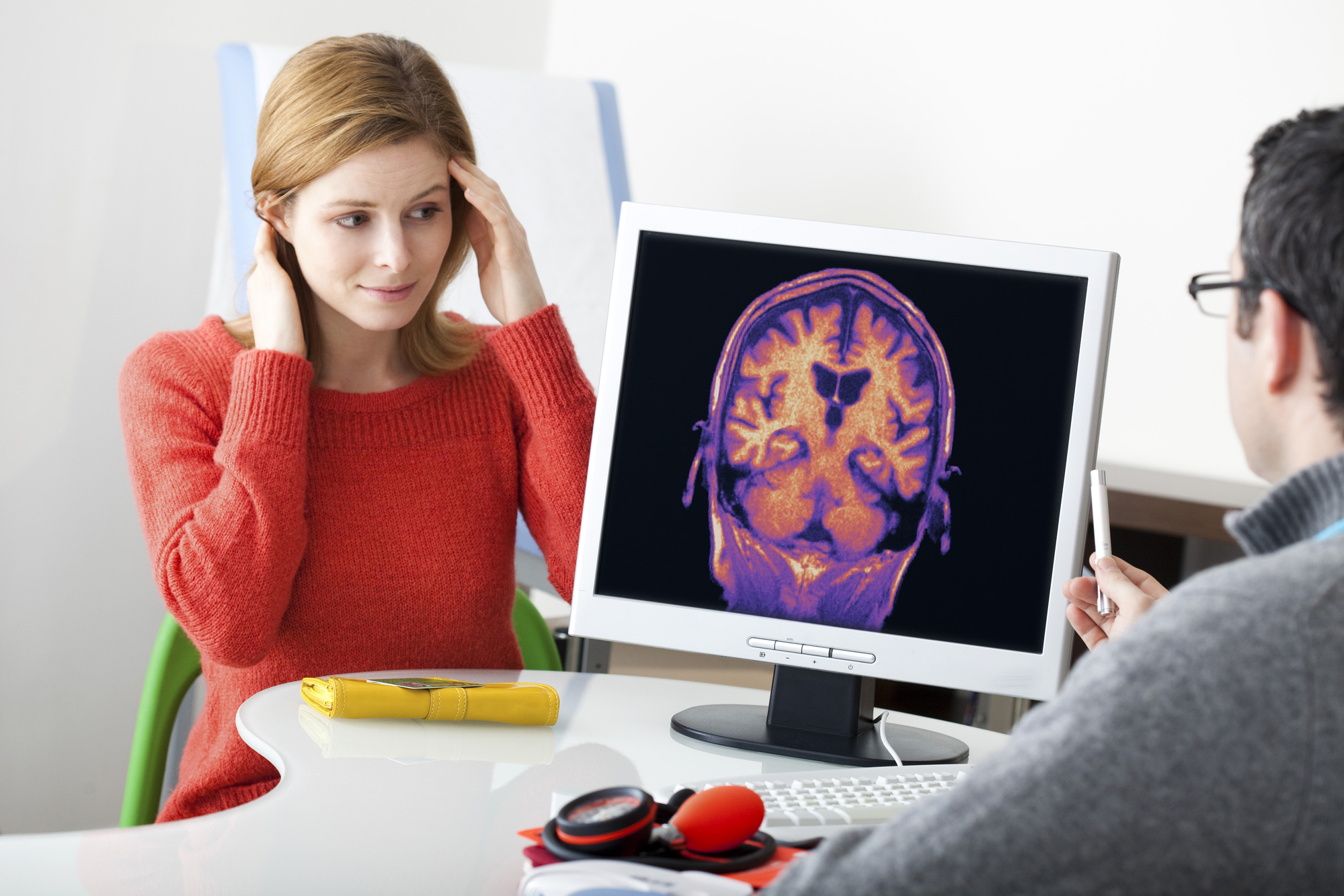
- Muscle weakness
- Vision changes
- Fatigue
- Loss of balance
- Bladder dysfunction
- Difficulty with memory and cognition
Additionally, individuals with MS may experience depression, pain, itching, sexual issues, and emotional changes. Importantly, the specific symptoms can change over time and are often unpredictable.
Differences in Symptoms Between Early-Onset and Late-Onset MS
While the core symptoms of MS may be similar, there are some notable differences between early-onset (AOMS) and late-onset (LOMS) disease. LOMS is more commonly associated with motor dysfunction and visual problems, which can be the primary presenting symptoms.
In contrast, younger individuals with AOMS are more likely to be diagnosed with the relapsing-remitting disease course, characterized by periods of relapses and remissions. Children with MS, though rare, tend to recover more quickly than adults during the relapsing-remitting stage.
Diagnostic Processes for Multiple Sclerosis
Diagnosing MS is a complex process, as there is no single test that can definitively confirm the condition. Instead, healthcare professionals rely on a combination of strategies, including:

- Neurological examination to assess reflexes, coordination, and sensory function
- Detailed clinical history to identify previous symptoms and relevant medical information
- Blood tests to rule out other conditions
- Magnetic resonance imaging (MRI) to detect lesions in the brain and spinal cord
- Oligoclonal band screening to check for inflammation in the central nervous system
- Evoked potential testing to measure the brain’s response to stimuli
The Expanded Disability Status Scale (EDSS) is also used to assess the progression of MS, with a range from 0 (no disability) to 10 (death from MS). Individuals with LOMS tend to reach higher EDSS scores faster than those with AOMS.
Treatment and Management of Multiple Sclerosis
While there is no cure for MS, there are treatments available that can help manage the symptoms and slow the progression of the disease. These include rehabilitation therapies, as well as medications that target the underlying autoimmune processes. The specific treatment plan will depend on the individual’s disease course, symptoms, and overall health.
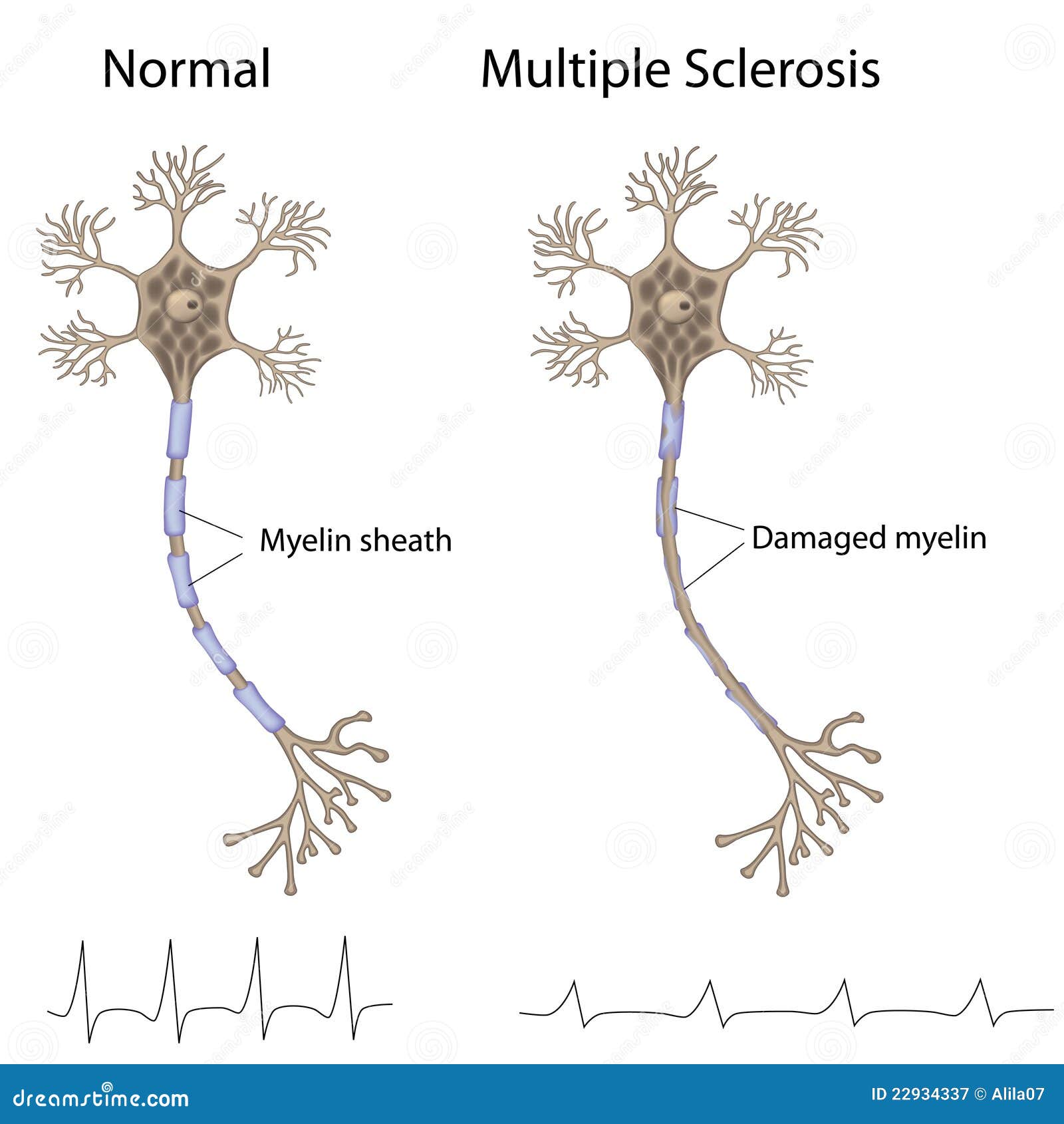
It’s important for individuals with MS, regardless of age of onset, to work closely with their healthcare team to develop a comprehensive management strategy. Regular monitoring, lifestyle modifications, and adherence to prescribed treatments can all play a crucial role in managing the challenges of living with this chronic condition.
The Importance of Early Diagnosis and Intervention
Early diagnosis and intervention are especially critical for individuals with LOMS, as the disease tends to progress more rapidly in this population. By working closely with their healthcare team, older adults with MS can take steps to mitigate the impact of the condition and maintain the best possible quality of life.
It’s also essential for individuals, particularly those over the age of 50, to be vigilant about any unexplained neurological symptoms and to seek medical attention promptly. This can help facilitate early diagnosis and the implementation of appropriate treatment strategies, which can make a significant difference in the long-term outcomes for those living with MS.

What Is the Age of Onset for Multiple Sclerosis?
- Typically people are diagnosed with multiple sclerosis (MS) between the ages of 20 and 40, but late-onset MS (LOMS) affects people age 50 and older.
- LOMS usually progresses faster than MS diagnosed at a younger age.
- There are several steps doctors take before making a diagnosis and determining the best course of treatment.
- Treatments, including rehabilitation and medications, can help manage symptoms of MS.
Typically, people are diagnosed with multiple sclerosis (MS) between the ages of 20 and 40, but late-onset MS (LOMS) begins to affect people ages 50 and older. The disease’s progression is usually faster in LOMS.
If you have MS, you’re among the more than 2.3 million people worldwide who share this diagnosis. While there isn’t a cure for the condition, treatments that slow MS’s progression and help to reduce symptoms are available.
MS is a disease of the central nervous system (CNS). With MS, the brain, optic nerves or spinal cord — all part of the CNS — become inflamed. When this happens, the nerves’ protective covering, known as myelin, suffers damage.
This damage shows up in MS symptoms ranging from difficulty concentrating to muscle spasms. There are a number of other symptoms, some more common than others.
There are four disease courses, or stages, of MS development:
- Clinically isolated syndrome (CIS). This occurs when symptoms first appear and last for at least 24 hours. Symptoms result from myelin damage in the CNS, but not everyone who gets CIS develops MS.
- Relapsing-remitting MS (RRMS). This stage is characterized by attacks, also called relapses, of new or increasing neurological symptoms. Relapses are followed by partial or complete remissions, or recovery.
- Secondary progressive MS (SPMS). This begins as RRMS but gradually worsens over time.
 Not all cases of RRMS will transition into SPMS.
Not all cases of RRMS will transition into SPMS. - Primary progressive MS (PPMS). This stage is defined by worsening neurologic functions from the time symptoms first appear. LOMS often starts at this most serious stage.
Adult-onset MS (AOMS) is usually diagnosed in adults ages 20 to 40, but MS can also develop in older adults, teens, and, in rare cases, children.
Children with pediatric MS usually have CIS or RRMS. Children with MS tend to recover more quickly than adults who are diagnosed with MS, since full remission or recovery is common in the RRMS stage.
Pediatric MS is hard to diagnose because it’s similar to acute demyelinating encephalomyelitis (ADEM). It can, however, lead to serious disability at an early age.
LOMS, which is when symptoms first appear in adults over the age of 50, accounts for 10 percent of all MS diagnoses.
A late diagnosis sometimes happens when people don’t seek medical attention for mild sensory symptoms.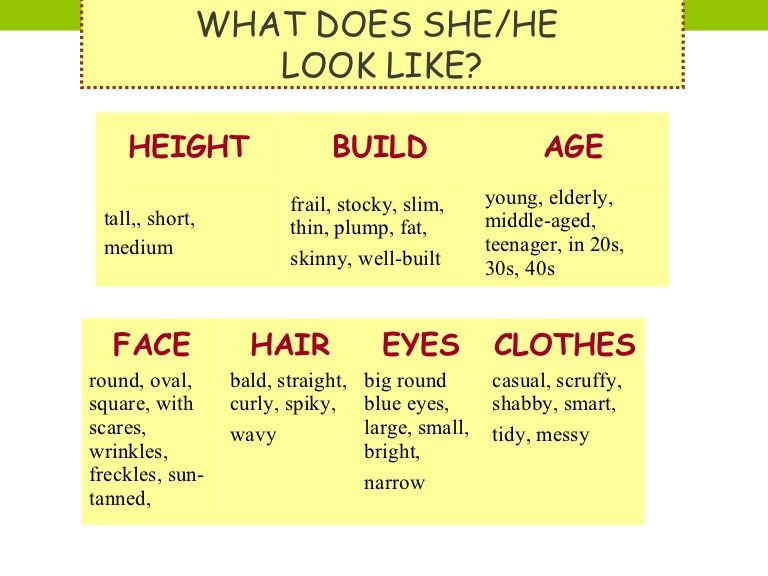
There are a number of symptoms associated with MS. Symptoms are unpredictable and may change over time. In addition, not everyone who is diagnosed with MS will experience the same symptoms.
Some common symptoms include:
- weakness
- vision changes
- fatigue
- loss of balance
- bladder dysfunction
- difficulty understanding or remembering new information
Other symptoms include:
- depression
- pain or itching
- sexual issues
- emotional changes
Typical LOMS symptoms are related to motor dysfunction and visual problems.
There’s no one test used to diagnose MS. Rather, doctors will perform many tests and exams to first rule out other medical conditions.
The following are typical strategies used by healthcare professionals:
- Neurological exam. This exam evaluates things like mental status, reflexes, coordination, and sensory function.
- Detailed clinical history.
 This process identifies previous symptoms, other diagnoses, and any information relevant to your health.
This process identifies previous symptoms, other diagnoses, and any information relevant to your health. - Blood tests. These tests can help rule out other medical conditions that may share similar symptoms to MS.
- Magnetic resonance imaging (MRI). This scan may detect MS lesions in the brain and spinal cord.
- Oligoclonal band screening. This screening checks cerebrospinal fluid (CSF) for oligoclonal-bands (OCBs) — proteins that can indicate the presence of CNS inflammation.
- Evoked potential testing. This testing measures how quickly the brain responds to sight, sound, and touch stimulation.
To assess MS progression, doctors sometimes use the Expanded Disability Status Scale (EDSS). This scale ranges from 0 (normal neurological exam with no disability in any functional system) to 10 (death from MS). A 2016 study in PLOS One found that people with LOMS reached a 6.0 on the EDSS faster than those with AOMS.
This study looked at people over age 40 in its analysis of people with LOMS.
People who are diagnosed with MS as young adults are most likely to be diagnosed with RRMS. This is the most common disease course with around 85 percent of people with MS determined to have this type.
There are treatments available to help you manage symptoms of MS.
Rehabilitation can help to improve your energy, memory, and mobility. Types of rehabilitation your doctor may recommend include:
- physical rehab to work on improving balance, strength, and range of motion
- cognitive rehab to help with communication, organization, and attention
- occupational rehab for self-management and self-care, including doing chores and enjoying hobbies
Medications, called disease modifying therapies (DMTs), may also be used to treat MS. DMTs work to reduce the amount of relapses and slow the course of the condition.
Everyday symptoms, such as fatigue or bladder and bowel issues, are typically managed with other types of medications — not DMTs. A healthy lifestyle can also address MS symptoms and improve overall quality of life.
A healthy lifestyle can also address MS symptoms and improve overall quality of life.
Your doctor will create a treatment plan based on how far your MS has progressed and how old you are at its onset.
MS is most often diagnosed between 20 and 40 years of age, but LOMS is usually diagnosed after the age of 50. Disease progression may be faster in LOMS, since it’s often diagnosed as PPMS, the most serious stage of the disease.
Your doctor’s goal is to reach an accurate diagnosis after tests including a neurological exam, clinical history, MRI, OCB screening, and evoked potential testing. After the diagnosis, you and your doctor can decide on a treatment plan that’s right for you.
What Is the Age of Onset for Multiple Sclerosis?
- Typically people are diagnosed with multiple sclerosis (MS) between the ages of 20 and 40, but late-onset MS (LOMS) affects people age 50 and older.
- LOMS usually progresses faster than MS diagnosed at a younger age.

- There are several steps doctors take before making a diagnosis and determining the best course of treatment.
- Treatments, including rehabilitation and medications, can help manage symptoms of MS.
Typically, people are diagnosed with multiple sclerosis (MS) between the ages of 20 and 40, but late-onset MS (LOMS) begins to affect people ages 50 and older. The disease’s progression is usually faster in LOMS.
If you have MS, you’re among the more than 2.3 million people worldwide who share this diagnosis. While there isn’t a cure for the condition, treatments that slow MS’s progression and help to reduce symptoms are available.
MS is a disease of the central nervous system (CNS). With MS, the brain, optic nerves or spinal cord — all part of the CNS — become inflamed. When this happens, the nerves’ protective covering, known as myelin, suffers damage.
This damage shows up in MS symptoms ranging from difficulty concentrating to muscle spasms. There are a number of other symptoms, some more common than others.
There are a number of other symptoms, some more common than others.
There are four disease courses, or stages, of MS development:
- Clinically isolated syndrome (CIS). This occurs when symptoms first appear and last for at least 24 hours. Symptoms result from myelin damage in the CNS, but not everyone who gets CIS develops MS.
- Relapsing-remitting MS (RRMS). This stage is characterized by attacks, also called relapses, of new or increasing neurological symptoms. Relapses are followed by partial or complete remissions, or recovery.
- Secondary progressive MS (SPMS). This begins as RRMS but gradually worsens over time. Not all cases of RRMS will transition into SPMS.
- Primary progressive MS (PPMS). This stage is defined by worsening neurologic functions from the time symptoms first appear. LOMS often starts at this most serious stage.
Adult-onset MS (AOMS) is usually diagnosed in adults ages 20 to 40, but MS can also develop in older adults, teens, and, in rare cases, children.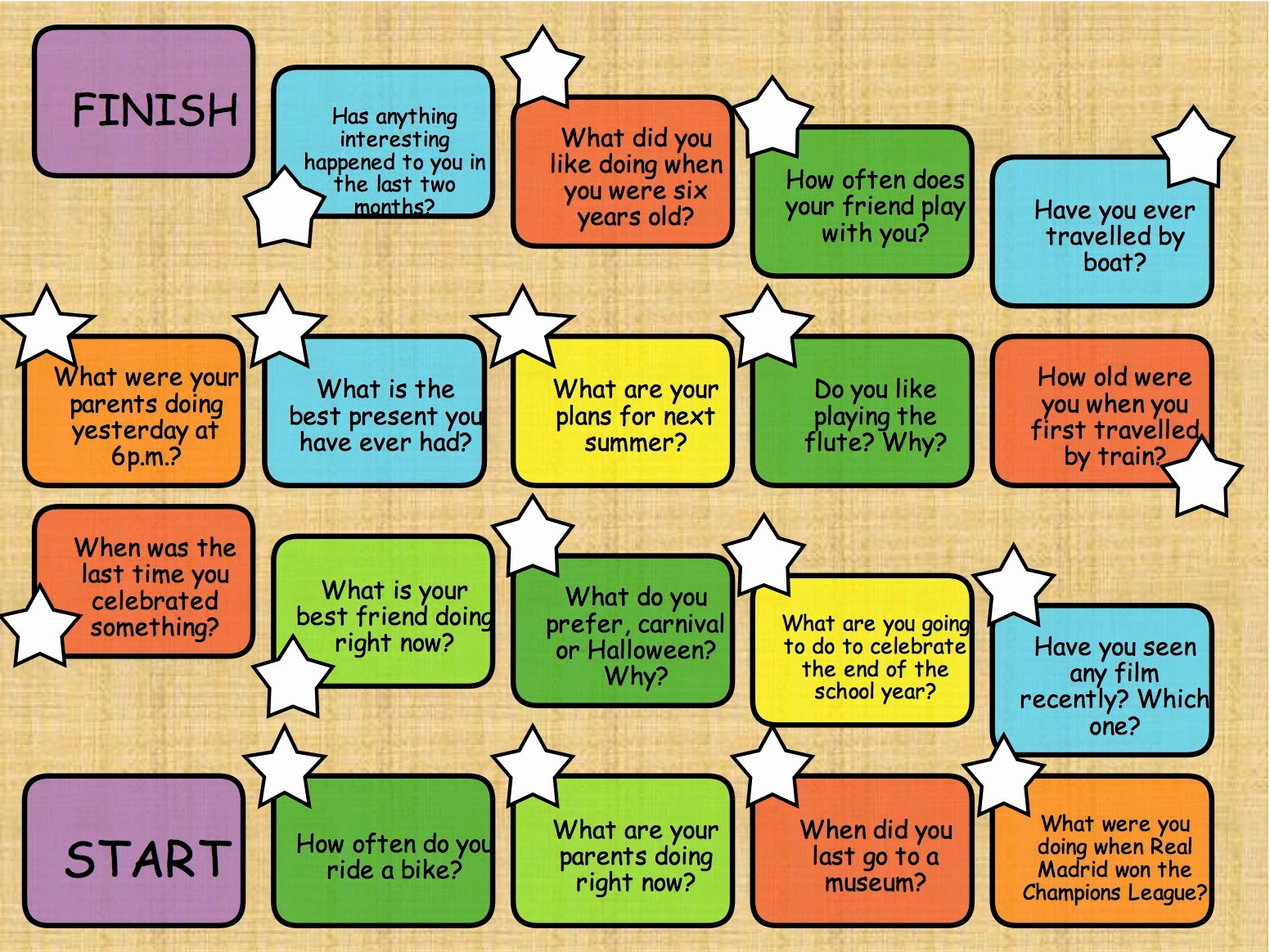
Children with pediatric MS usually have CIS or RRMS. Children with MS tend to recover more quickly than adults who are diagnosed with MS, since full remission or recovery is common in the RRMS stage.
Pediatric MS is hard to diagnose because it’s similar to acute demyelinating encephalomyelitis (ADEM). It can, however, lead to serious disability at an early age.
LOMS, which is when symptoms first appear in adults over the age of 50, accounts for 10 percent of all MS diagnoses.
A late diagnosis sometimes happens when people don’t seek medical attention for mild sensory symptoms.
There are a number of symptoms associated with MS. Symptoms are unpredictable and may change over time. In addition, not everyone who is diagnosed with MS will experience the same symptoms.
Some common symptoms include:
- weakness
- vision changes
- fatigue
- loss of balance
- bladder dysfunction
- difficulty understanding or remembering new information
Other symptoms include:
- depression
- pain or itching
- sexual issues
- emotional changes
Typical LOMS symptoms are related to motor dysfunction and visual problems.
There’s no one test used to diagnose MS. Rather, doctors will perform many tests and exams to first rule out other medical conditions.
The following are typical strategies used by healthcare professionals:
- Neurological exam. This exam evaluates things like mental status, reflexes, coordination, and sensory function.
- Detailed clinical history. This process identifies previous symptoms, other diagnoses, and any information relevant to your health.
- Blood tests. These tests can help rule out other medical conditions that may share similar symptoms to MS.
- Magnetic resonance imaging (MRI). This scan may detect MS lesions in the brain and spinal cord.
- Oligoclonal band screening. This screening checks cerebrospinal fluid (CSF) for oligoclonal-bands (OCBs) — proteins that can indicate the presence of CNS inflammation.
- Evoked potential testing.
 This testing measures how quickly the brain responds to sight, sound, and touch stimulation.
This testing measures how quickly the brain responds to sight, sound, and touch stimulation.
To assess MS progression, doctors sometimes use the Expanded Disability Status Scale (EDSS). This scale ranges from 0 (normal neurological exam with no disability in any functional system) to 10 (death from MS). A 2016 study in PLOS One found that people with LOMS reached a 6.0 on the EDSS faster than those with AOMS.
This study looked at people over age 40 in its analysis of people with LOMS.
People who are diagnosed with MS as young adults are most likely to be diagnosed with RRMS. This is the most common disease course with around 85 percent of people with MS determined to have this type.
There are treatments available to help you manage symptoms of MS.
Rehabilitation can help to improve your energy, memory, and mobility. Types of rehabilitation your doctor may recommend include:
- physical rehab to work on improving balance, strength, and range of motion
- cognitive rehab to help with communication, organization, and attention
- occupational rehab for self-management and self-care, including doing chores and enjoying hobbies
Medications, called disease modifying therapies (DMTs), may also be used to treat MS. DMTs work to reduce the amount of relapses and slow the course of the condition.
DMTs work to reduce the amount of relapses and slow the course of the condition.
Everyday symptoms, such as fatigue or bladder and bowel issues, are typically managed with other types of medications — not DMTs. A healthy lifestyle can also address MS symptoms and improve overall quality of life.
Your doctor will create a treatment plan based on how far your MS has progressed and how old you are at its onset.
MS is most often diagnosed between 20 and 40 years of age, but LOMS is usually diagnosed after the age of 50. Disease progression may be faster in LOMS, since it’s often diagnosed as PPMS, the most serious stage of the disease.
Your doctor’s goal is to reach an accurate diagnosis after tests including a neurological exam, clinical history, MRI, OCB screening, and evoked potential testing. After the diagnosis, you and your doctor can decide on a treatment plan that’s right for you.
Mr, Mrs, Ms & Miss: addresses in English
We know firsthand about the politeness of the English. High-sounding appeals such as sir (sir), my lord (my lord), lady (lady) and others, used since the Middle Ages, are designed to define and emphasize the status of a person in a conversation.
High-sounding appeals such as sir (sir), my lord (my lord), lady (lady) and others, used since the Middle Ages, are designed to define and emphasize the status of a person in a conversation.
In modern England, the classic address is still in use: the queen is called only Her Majesty (Her Majesty), according to the title, other members of the royal family are also addressed. For those who do not have the status of a lord or other aristocratic titles, it is customary to address according to marital status.
Today, once and for all, we will deal with such seemingly similar addresses in English as Mr, Mrs, Ms and Miss: what are these abbreviations, how they are translated and when they are used.
This knowledge will help you not only in everyday communication, but also when writing business letters, as well as filling out foreign documents. It will also help you decide how to properly address colleagues at work. After all, it is no secret that an informal atmosphere does not reign everywhere and everyone calls each other simply by their first names.
By the way, you can practice writing letters on our writing simulator. Come in and choose your theme!
Mr & Mrs: who is this?
To begin with, let’s deal with such basic concepts used everywhere as Mr. and Mrs. and talk about how they are written and used.
Mr [‘mɪstər] – Mr.
This address is used when we are talking about a man. It doesn’t matter at all whether you are married or not. Age is not important either: boys are treated this way during their studies. Used with a surname:
Mr Lewis is a very handsome man
Thus Mr is an abbreviation for the word mister.
Mrs [ˈmɪsɪz] – Mrs.
This is an English address for a married woman. It can also be used in relation to a girl if she is married. The abbreviation was formed from the word mistress: the so-called “mistresses of the house” in the 18th century in Great Britain. Similar to “Mister”, used together with the surname:
Mrs Lane is cooking a Christmas dinner
The address Mrs (Mrs. ) in English comes from the full word misses and is used both when filling out documents and in communication.
) in English comes from the full word misses and is used both when filling out documents and in communication.
It’s not difficult to remember these two basic invocations. It is enough to know that Mr is a man, and if you add s to this reduction, you get an appeal to his wife. It is also easy to remember how Mr. and Mrs. are written in English: always with a capital letter, like the surname of the person they are addressing. But whether to put a period after the abbreviation or not depends on which version of English you use. In British English, there is no period after Mr and Mrs, but in American English it is. The word must be pronounced in both cases in full.
These abbreviations are perhaps the most used around the world. A married couple is usually presented together under the same last name. For example, as in the movie Mr. & Mrs. Smith” (“Mr. and Mrs. Smith”). Also, these are the most popular words in wedding decor, when newlyweds’ chairs or cakes are decorated with Mr. and Mrs., by whom they will be called after marriage.
and Mrs., by whom they will be called after marriage.
Miss & Ms: what’s the difference?
A little more complicated than with Mr and Mrs, the situation is with a girl whose marital status is unknown to us.
Miss [mɪs] – Miss
This term is used when we are talking about a woman or girl who we know is definitely not married. Miss in English is also placed before the surname of a woman or girl, but is most often used in relation to schoolgirls and students.
Please note that this word is the only one of the four addresses that is written and pronounced in its entirety, which means that it never has a period in the letter:
This is our new star Miss Lopez! — Look! This is our new star Miss Lopez!
Ms [mɪz] – miss
We use this form of polite address when we do not know whether a woman is married or not. The full form of this word sounds like mizz, hence the slightly different pronunciation, more sonorous than Miss. Like all other appeals, it is used with the name of a woman or girl:
Like all other appeals, it is used with the name of a woman or girl:
Please, give these papers to Ms Strait – Please give these papers to Ms Strait
As you can see, the difference between Miss and Ms is not that big. Especially in colloquial speech. If you doubt the marital status of the woman in front of you, you can always use the indefinite Ms.
By the way, in the business environment, it is the address Ms that is more common, even if it is known that the woman is married.
Summing up
English learners often confuse addressing women. With men, everything is clear: he will be Mr in any case, regardless of age and marital status. But what about the ladies and the difference between Miss and Mrs in English?
The abbreviation Mrs is Mrs. This is the woman who is married to Mr. It is quite easy to remember, because in this very abbreviation Mr.
If you see Ms, then this is Miss, which means an unmarried woman or girl. It is also easy to remember: if there is no letter r, then this Ms has not yet found her Mr.
It is also easy to remember: if there is no letter r, then this Ms has not yet found her Mr.
This is the main difference between the abbreviations Miss and Mrs in English.
Once again about the points: they are used when writing only in American English, when we have an abbreviation for the full word mister, mistress or mizz. The word Miss (appeal to an unmarried girl) also begins with a capital letter when writing, but a period is not put after it. After the address (with or without a dot) comes the surname of a man or woman with a capital letter.
We hope that now you will forever remember in what cases such addresses in English as Mr, Mrs, Miss and Ms are used correctly. And you can consolidate your knowledge and acquire new ones by enrolling in courses with the best English teachers at Puzzle English.
See ya!
Insured persons
home
For insured persons
Attachment to polyclinic
How to apply for a clinic?
1. CHECK WHICH POLYCLINIC YOU ARE ADDED TO
CHECK WHICH POLYCLINIC YOU ARE ADDED TO
By the link http://oms.sakhanet.ru/webpoisk/ on the TFOMS RS(Y) website.
2. ARE YOU SATISFIED WITH YOUR ATTACHMENT
If not, then use your legal right to choose a medical organization and a doctor, including on a territorial basis, no more than once a year (except for cases of change of place of residence or place of stay of a citizen)
3. CHOOSE A POLYCLINIC FROM THE NUMBER OF MO INCLUDED IN THE CHI SYSTEM
Download List
When choosing a medical organization providing primary health care, a citizen must be familiar with:
- a list of general practitioners, district general practitioners, pediatricians, district pediatricians, general practitioners (family doctors) or paramedics
- the number of citizens who chose the indicated medical workers
- information about the service areas (medical areas) of these medical workers when they provide medical care at home
You can find this information in the medical organization of your choice.
4. TO JOIN THE POLYCLINIC
YOU OR YOUR REPRESENTATIVE MUST APPEAR IN PERSON TO HOSPITAL
Write an application
Download application for choosing a medical organization
The choice or replacement of a medical organization is carried out by contacting a medical organization providing medical care :
- a citizen who has reached the age of majority or who has acquired legal capacity in full;
- parents or other legal representatives for a child until he reaches the age of majority or until he acquires full legal capacity.
When submitting an application, the originals of the following documents are presented:
1. for children after state birth registration and up to fourteen years of age who are citizens of the Russian Federation:
- birth certificate;
- identity document of the legal representative of the child;
- compulsory medical insurance policy for the child;
2. for citizens of the Russian Federation aged fourteen and over:
for citizens of the Russian Federation aged fourteen and over:
- passport of a citizen of the Russian Federation or a temporary identity card of a citizen of the Russian Federation, issued for the period of issuing a passport;
- compulsory medical insurance policy;
3. for persons entitled to medical care in accordance with the Federal Law “On Refugees”:
- certificate of a refugee or certificate of consideration of the application for recognition as a refugee on the merits, or a copy of the complaint against the decision to deprive the refugee status, filed with the Federal Migration Service with a note on its acceptance for consideration, or a certificate of temporary asylum in the territory of the Russian Federation;
- compulsory health insurance policy;
4. for foreign citizens permanently residing in the Russian Federation:
- passport of a foreign citizen or other document established by federal law or recognized in accordance with an international treaty of the Russian Federation as a document proving the identity of a foreign citizen;
- residence permit;
- compulsory medical insurance policy;
5. for stateless persons permanently residing in the Russian Federation:
for stateless persons permanently residing in the Russian Federation:
- a document recognized in accordance with an international treaty of the Russian Federation as a document certifying the identity of a stateless person;
- residence permit;
- compulsory medical insurance policy;
6. for foreign citizens temporarily residing in the Russian Federation:
- passport of a foreign citizen or other document established by federal law or recognized in accordance with an international treaty of the Russian Federation as a document proving the identity of a foreign citizen, with a mark on permission for temporary residence in the Russian Federation;
- compulsory medical insurance policy;
7. for stateless persons temporarily residing in the Russian Federation:
- a document recognized in accordance with an international treaty of the Russian Federation as an identity document of a stateless person, with a mark on a temporary residence permit in the Russian Federation, or a document of the established form, issued in the Russian Federation to a stateless person who does not have a document, proving his identity;
- compulsory medical insurance policy;
8. for a representative of a citizen, including a legal one:
for a representative of a citizen, including a legal one:
- identity document and a document confirming the authority of the representative;
9. in case of change of place of residence – a document confirming the fact of change of place of residence.
5. ATTACHING PROCEDURE
WHEN SUBMISSION OF THE APPLICATION FOR ATTACHMENT, THE POLYCLINIC THAT ACCEPTED THE APPLICATION CHECKS THE CITIZEN IN THE UNIFIED REGISTER OF INSURED PERSONS.
After the verification is completed, the polyclinic that accepted the application sends a notification to the polyclinic in which the citizen was previously attached, a notice of acceptance of the citizen for medical care.
Based on the confirmation of detachment by the former medical organization, the citizen is attached to the selected medical organization.
IF YOU CHANGE YOUR POLYCLINIC, YOU DO NOT NEED TO DISCONNECT FROM THE PREVIOUS POLYCLINIC, YOUR CHOSEN POLYCLINIC WILL REQUEST YOUR MEDICAL DOCUMENTATION
6.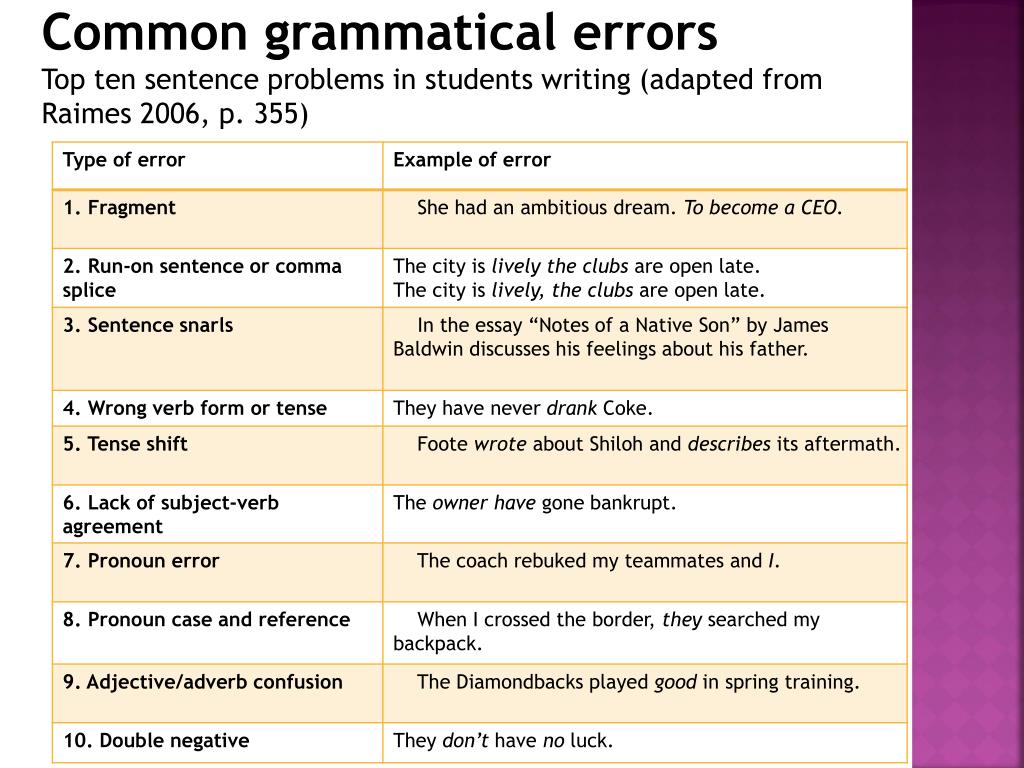 ELECTRONIC DOCTOR’S REGISTRATION
ELECTRONIC DOCTOR’S REGISTRATION
AFTER ADDING YOU GET THE POSSIBILITY OF BOOKING AN APPOINTMENT WITH A DOCTOR IN ELECTRONIC FORM
BY LINK: http://er14.ru/
7. REGULATIONS FOR ATTACHING
In accordance with Article 16 of Chapter 4 of the Federal Law of November 29, 2010 No. 326-FZ “On Compulsory Medical Insurance in the Russian Federation” and Article 21 of Chapter 4 of the Federal Law of November 21, 2011 No. 323-FZ “On the Fundamentals of Health Protection citizens in the Russian Federation” when providing medical care under the compulsory medical insurance program, insured persons have the right to choose a doctor, as well as to choose a medical organization, including on a territorial-district basis, no more than once a year (except for cases of change of residence or place of stay of a citizen). In the selected medical organization, a citizen chooses no more than once a year (except for cases of replacement of a medical organization) a general practitioner district doctor, a pediatrician district doctor, a general practitioner (family doctor) by submitting an application personally or through his representative addressed to the head of the medical organization.

 Not all cases of RRMS will transition into SPMS.
Not all cases of RRMS will transition into SPMS. This process identifies previous symptoms, other diagnoses, and any information relevant to your health.
This process identifies previous symptoms, other diagnoses, and any information relevant to your health.
 This testing measures how quickly the brain responds to sight, sound, and touch stimulation.
This testing measures how quickly the brain responds to sight, sound, and touch stimulation.